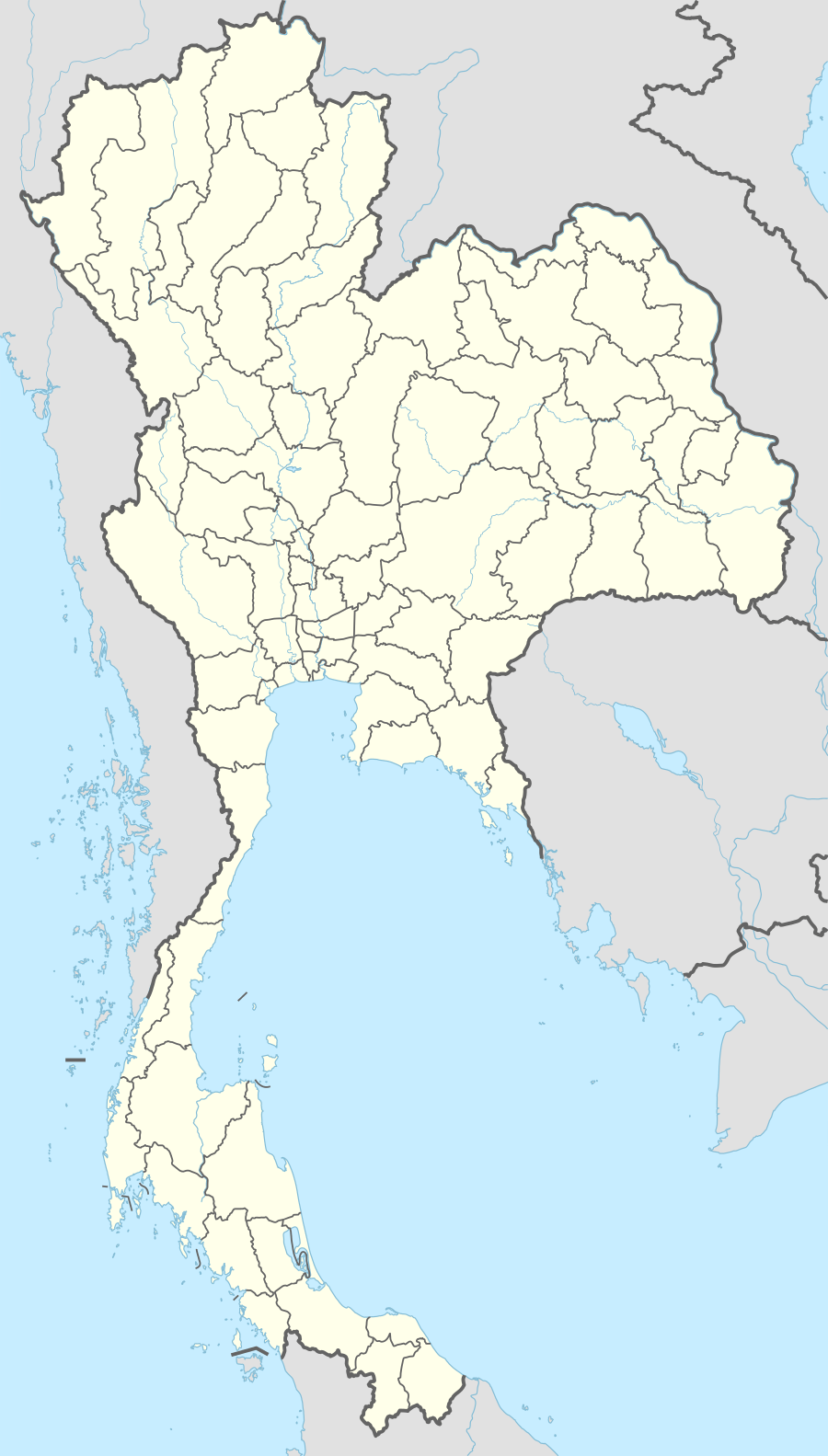Doi Khun Tan National Park
| Doi Khun Than National Park | |
|---|---|
|
IUCN category II (national park) | |
 Location within Thailand | |
| Location | Thailand |
| Nearest city | Lampang |
| Coordinates | 18°28′15″N 99°17′5″E / 18.47083°N 99.28472°ECoordinates: 18°28′15″N 99°17′5″E / 18.47083°N 99.28472°E |
| Area | 255.29 km² |
| Established | 1975 |
Doi Khun Tan National Park (Thai: อุทยานแห่งชาติดอยขุนตาล) straddles the mountainous area of the Khun Tan Range in Lamphun and Lampang Provinces, northern Thailand.
Established in 1975 as Thailand's tenth national park, it is an IUCN Category V protected area measuring 255.29 square kilometres (98.57 sq mi).[1] The park ranges in elevation from 325-1,373 m.
Its best known feature is Thailand’s longest railroad tunnel, 1,352 m long.[2]
Climate
The three basic seasons are summer, from March–June; rainy season, from July–October; and winter, from November–February. The temperature varies from 38 degrees Celsius during the hot season to as cold as 5 degrees Celsius. Rainfall, which falls mostly during the rainy season, averages about 1,034 mm per year.[2]
Flora and fauna
Human encroachment has disturbed the forests of Doi Khun Tan and they have changed dramatically in the past century. The forests can be divided into three types, with distinct elevation ranges.
Lowland elevations (325–850 m). Originally a teak forest, lower elevations are composed of a degraded, mixed bamboo deciduous forest and deciduous Dipterocarp-oak forest.
Middle elevations (850-1,000 meter). This is a transitional area where the lowland deciduous forest and upland evergreen-pine forest mix to form a mixed evergreen and deciduous forest. Here are only two species of pine trees in Thailand, a two–needle pine (Pinus merkusii) and three-needle pine (Pinus kesiya), both of which can be found here.
Upland elevations (1,000-1,373 m). The forest here is composed mostly of evergreen hardwood trees and a minority of pine (Pinus merkusii) to from an evergreen-pine forest. Much of the forest and watershed on the west side of the national park has been ravaged. More pristine conditions are found on the east side.
Doi Khun Tan offers year-round viewing of wild-flowers such as orchids and gingers. Doi Khun Tan is botanically very diverse, home to over 1,300 different vascular species. Numerous edible fungi are found in the park.
Some wildlife still exists in Doi Khun Tan, including the Siamese hare, porcupine, wild chicken, wild boar and weasel, as a variety of birds, reptiles, spiders and insects. The effects of hunting, logging, frequent fires, and human encroachment have greatly reduced their numbers. In the past, gibbons, tiger, elephants, bears, wild cattle, serow, slow loris, barking deer and many other species were also residents of Doi Khun Tan. Now they are all gone.[2]
See also
References
- ↑ World Conservation Monitoring Centre; IUCN Conservation Monitoring Centre; IUCN Commission on National Parks and Protected Areas (November 1990). 1990 United Nations list of national parks and protected areas. IUCN. pp. 170–. ISBN 978-2-8317-0032-8. Retrieved 3 October 2011.
- 1 2 3 "Doi Khun Tan National Park". Department of National Parks (DNP) Thailand. Retrieved 24 November 2015.
External links
| Wikimedia Commons has media related to Doi Khun Tan National Park. |